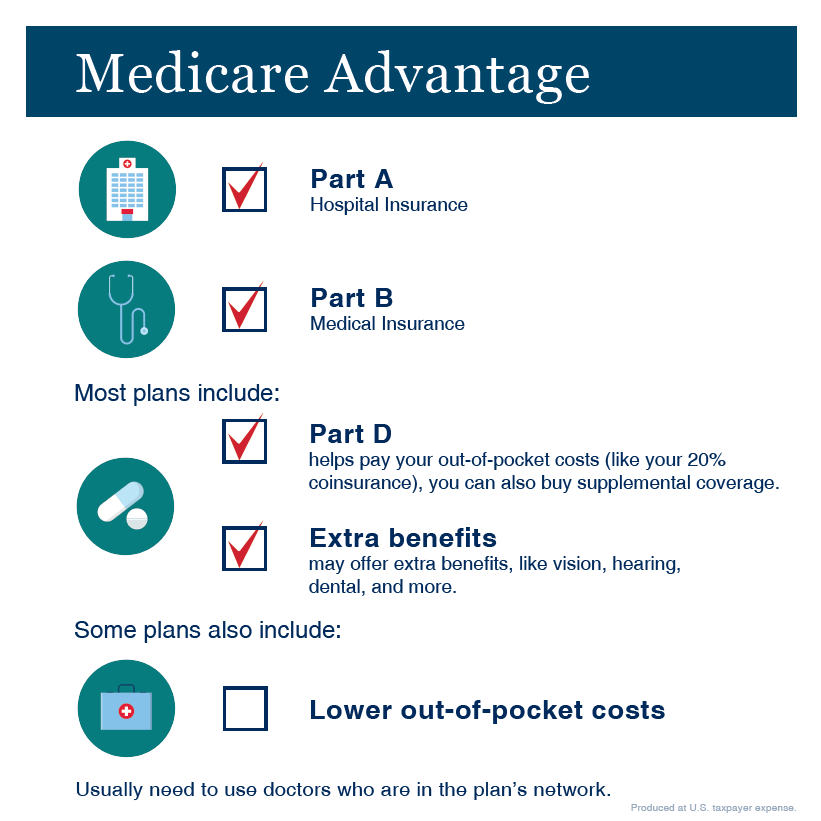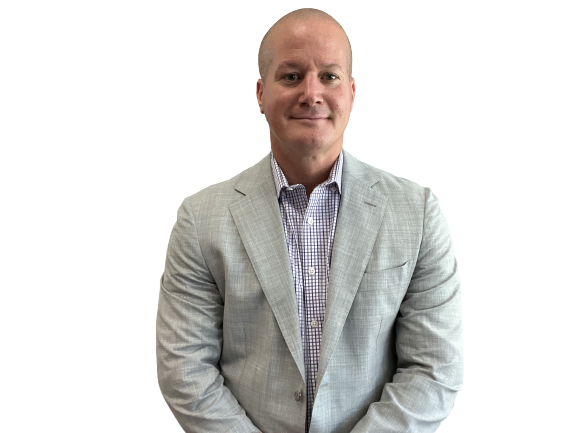The Basic Principles Of Medicare Advantage Agent
Table of ContentsFascination About Medicare Advantage Agent7 Easy Facts About Medicare Advantage Agent DescribedThe 3-Minute Rule for Medicare Advantage Agent


follows from adheres to the puzzling young age profile of account uninsured with without insurance better healthFar better health and wellness average, of younger persons. For those without accessibility to workplace health and wellness insurance, poor health is a potential obstacle to buying nongroup protection because such coverage may be very valued, omit pre-existing conditions, or be simply unavailable. Unless otherwise noted, nationwide price quotes of individuals without wellness insurance coverage and proportions of the population with various kinds of insurance coverage are based on the CPS, the most widely utilized resource of estimates of insurance protection and uninsurance rates.

Medicare Advantage Agent Can Be Fun For Everyone
Over a three-year period starting early in 1993, 72 million people, 29 percent of the united state populace, lacked coverage for a minimum of one month. Within a solitary year(1994), 53 million people experienced at the very least a month without coverage(Bennefield, 1998a). Six out of every ten uninsured grownups are themselves utilized. Functioning does improve the likelihood that one and one's family members will certainly have insurance coverage, it is not a guarantee. Even participants of families with two full time breadwinner have practically a one-in-ten opportunity of being without insurance (9.1 percent uninsured rate)(Hoffman and Pohl, 2000 ). The connection between medical insurance and accessibility to care is well developed, as recorded later on in this chapter. Although the relationship in between health and wellness insurance and health results is neither direct neither easy, a substantial scientific and wellness solutions research study literature web links medical insurance protection
to better access to care, better high quality, and improved personal and populace wellness condition. For example, the second record, on personal wellness results for without insurance adults, is stood for by the inner circle of the figure, while the 3rd report, on household well-being, includes the subjects of the second record however highlights a different unit of evaluation, namely, the family members. The 6th record in the series will provide details concerning strategies and initiatives undertaken in your area, statewide, or across the country to address the lack of insurance and its damaging impacts. Degrees of evaluation for analyzing the results of uninsurance. This discussion of medical insurance protection focuses mostly on the U.S. populace under age 65 because basically all Americans 65 and older have Medicare or other public protection.
It focuses especially on those without any type of health insurance policy for any kind of length of time. The issues encountered by the underinsured remain in some respects similar to those faced by the uninsured, although they are normally less severe. Uninsurance and underinsurance, nonetheless, involve noticeably different plan concerns, and the approaches for addressing them may vary. Throughout this study and the five reports to follow, the main emphasis is on persons without health and wellness insurance coverage and thus no help in paying for health treatment past what is available through charity and safety web institutions. Health and wellness insurance coverage is a powerful aspect influencing receipt of care since both clients and medical professionals react to the out-of-pocket price of solutions. Medical insurance, however, is neither essential neither enough to get to medical solutions. However, the independent and straight result of wellness
insurance coverage on accessibility to wellness solutions is well established. Others will certainly obtain the healthcare they require even without medical insurance, by paying for it expense or seeking it from providers who provide care totally free or at extremely subsidized prices. For still others, health insurance alone does not make sure receipt of care due to the fact that of various other nonfinancial obstacles, such as a lack of health care suppliers in their area, minimal access to transportation, illiteracy, or linguistic and social differences. Official study about without insurance populations in the United States dates to the late 1920s and early 1930s when the Board on the Cost of Treatment produced a collection of records regarding financing medical professional office check outs and hospital stays. This issue became salient as the Read More Here numbers of clinically indigent climbed throughout the Great Clinical depression. Empirical research studies regularly support the web link in between access to care and enhanced wellness outcomes(Bindman et al., 1995; Starfield, 1995 ). Having a normal source of care can be taken into consideration a forecaster of accessibility, rather than a straight action of it, when wellness end results are themselves used as gain access to indications. This extension of the idea of accessibility dimension was made by the IOM Board on Checking Access to Personal Healthcare Provider(Millman, 1993, p. Whether moms and dads are guaranteed shows up to influence whether their youngsters obtain treatment as well as just how much careeven if the kids themselves have coverage(Hanson, 1998). The health and wellness of parents can impact their ability to take care of their children and get more the degree of family members tension. Bothering with their kids's access to care is itself a resource of tension for parents. 3 chapters comply with in this record. Chapter 2 gives an introduction of just how employment-based medical insurance, public programs and specific insurance plan run and interact to give considerable but incomplete insurance coverage of the united state populace. This includes an evaluation of historic fads and public laws influencing both public and private insurance policy, a conversation of the interactions amongst the various sorts of insurance coverage, and an assessment of why people relocate from one program to another or finish up
